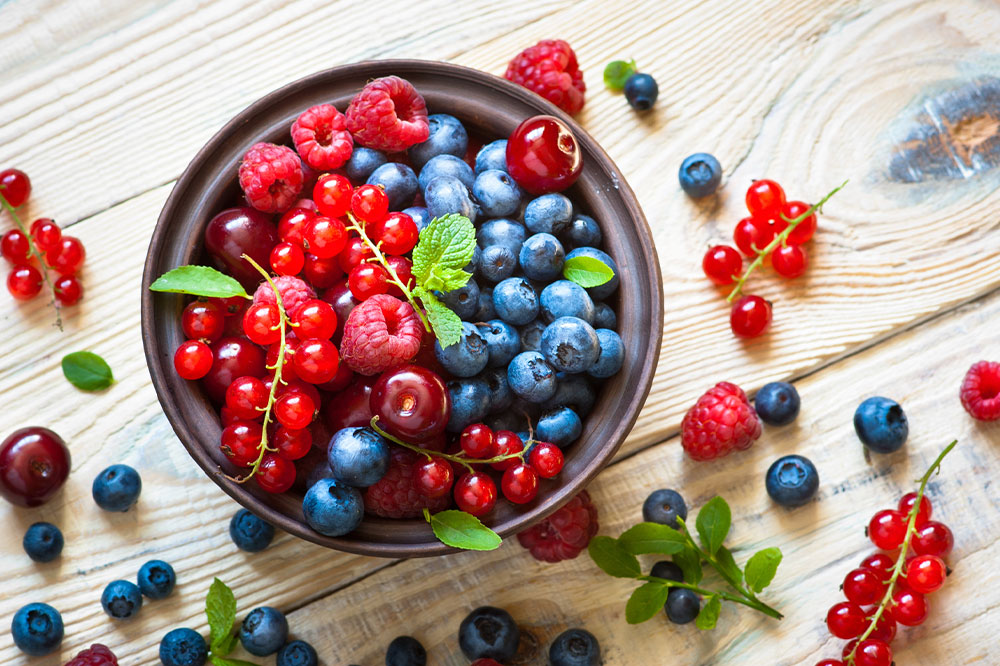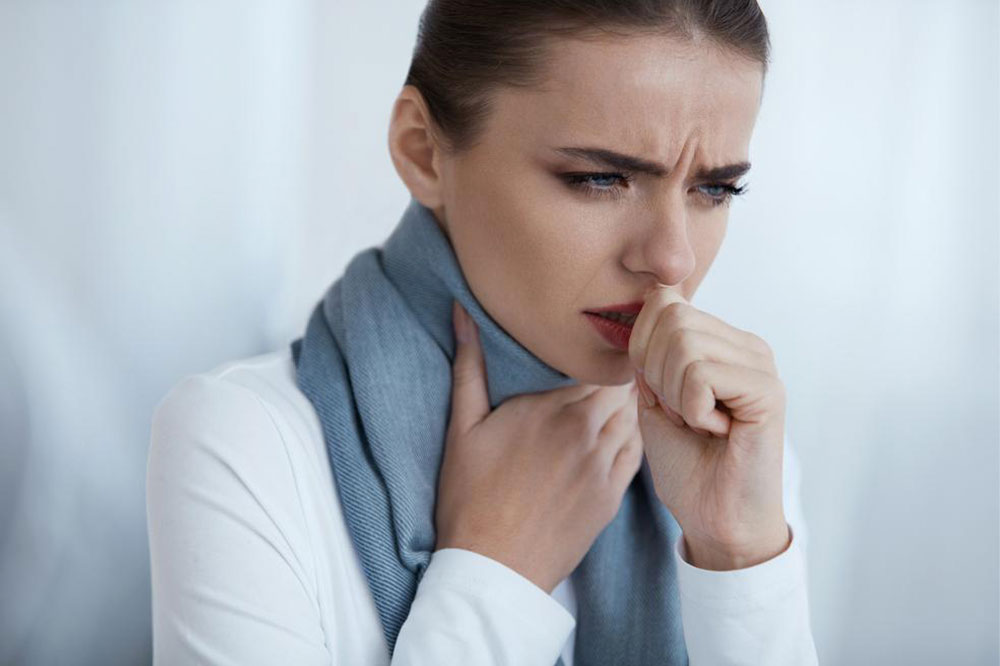Key things to know about the Novavax vaccine

Novavax is a biotechnology company that specializes in the development of vaccines. During the pandemic, one of the most notable vaccine candidates developed by the company was its COVID-19 vaccine. Known as NVX-CoV2373 or simply the Novavax COVID-19 vaccine, it received regulatory approvals in various countries. However, the eligibility criteria for receiving the vaccine may vary from one country to another. Here are a few key facts about the vaccine:
How was the Novavax COVID-19 vaccine developed?
Novavax developed its COVID-19 vaccine to stimulate an immune response against the SARS-CoV-2 virus responsible for the pandemic. So, the NVX-CoV2373 vaccine is a protein subunit vaccine. It does not have a live or weakened virus, but rather, it uses a small piece of the virus’s spike protein to trigger an immune response. Here is how it was developed and tested:
– Novavax conducted multiple phases of these clinical trials to assess the safety and efficacy of its COVID-19 vaccine. These trials took place in various countries, and the efficacy of the Novavax COVID-19 vaccine varied depending on the trial location and the prevalence of virus variants. Efficacy rates ranged from around 48.6% to over 90%, depending on the specific trial and the circulating variants.
– During development, Novavax was seeking regulatory approvals for its vaccine in different countries and regions. This includes an Emergency Use Authorization (EUA) and full approvals from regulatory agencies like the Food and Drug Administration (FDA). Novavax also actively partnered with various manufacturers and organizations to scale up vaccine production and distribution of its COVID-19 vaccine in order to meet the global demand.
– In September 2021, the NVX-CoV2373 was in the late stages of development and had received Emergency Use Authorization (EUA) in a few countries.
– Eventually, Novavax received a special grant from the Federal government to speed up the production of COVID-19 vaccines in the country. This was achieved in phases to ensure the best use of available innovation and technology while also assessing its efficacy to be deployed for emergency use.
How does the vaccine work?
Novavax is a protein subunit vaccine. This means it has a small extract of the actual virus (in this case, the spike protein of the SARS-CoV-2 virus) to stimulate an immune response once injected into the body. A protein subunit vaccine does not use live or weakened virus components. That is what makes it slightly varied in terms of efficacy when compared to other vaccines for the SARS-CoV-2 Virus.
What was the adjuvant for the vaccine?
An adjuvant or auxiliary is a substance added to vaccines to improve their effectiveness. Novavax used an ingredient called Matrix-M to enhance the immune response. Matrix-M helps stimulate a stronger and longer-lasting immune response.
How efficacious is the vaccine?
Novavax’s efficacy in preventing COVID-19 infection was reported to be around 90% based on clinical trial data. As of September 2021, the Novavax COVID-19 vaccine had shown varying efficacy rates in clinical trials depending on the geographic region and the variants of the virus prevalent at the time of testing. Here are some of the key efficacy results reported.
– The Novavax vaccine was reported to have an efficacy of around 96% against the original strain of the coronavirus.
– The Novavax vaccine showed an efficacy of about 48.6% against symptomatic COVID-19 in a Phase 3 clinical trial where a variant of the virus called Beta (B.1.351) was prevalent.
– In a Phase 3 clinical trial conducted in the country, the vaccine showed an overall efficacy of approximately 90.4%, but the efficacy was slightly lower (83.4%) in a subgroup analysis involving the Alpha variant (B.1.1.7).
It is important to note that these numbers represent efficacy results from specific trials and should be interpreted in the context of the variants and conditions present in those trials. Efficacy can vary depending on the circulating variants of the virus and other factors. It is important to cross-check the latest data and information from authoritative sources, such as the World Health Organization (WHO) or the Food and Drug Administration (FDA), for the most up-to-date efficacy data on the Novavax vaccine, as the situation and research may evolve.
What is the dosage?
Novavax was initially administered as a two-dose vaccine, with the second dose given 21 days after the first. However, dosing regimens may vary based on recommendations from health authorities.
Does Novavax have Emergency Use Authorization?
So far, Novavax has received the EUA in some countries.
How was Novavax deployed?
Typically, the deployment of a vaccine like Novavax follows a phased approach, prioritizing certain groups based on WHO guidelines. Here are the groups in the order of priority:
Healthcare workers: Frontline healthcare workers are among the first to receive a new vaccine to protect them and ensure healthcare system stability.
Seniors: Older adults who are at higher risk of severe COVID-19 were also among the initial priority groups. This is determined after taking into account their overall physical condition and if they can handle the vaccine.
People with underlying health conditions: Those with certain health conditions that increase the risk of severe illnesses upon contracting COVID-19 may be prioritized along with older adults.
General population: As the supplies increased, eligibility was extended to include the broader population.
Geographic regions: In some cases, areas with higher rates of COVID-19 transmission or outbreaks received vaccines earlier.
Novavax vaccine could carry side effects after the first dose, like fever, chills, headache, fatigue, or pain at the site of the insertion. As the effects can vary, it is important to consult healthcare professionals if one has specific questions or concerns about COVID-19 vaccines.
Sources:
https://www.yalemedicine.org/news/novavax-covid-vaccine
https://www.nebraskamed.com/COVID/moths-and-tree-bark-how-the-novavax-vaccine-works#:~:text=The%20Novavax%20COVID%2D19%20vaccine,coronavirus%3A%20the%20notorious%20spike%20protein
https://www.who.int/news-room/feature-stories/detail/the-novavax-vaccine-against-covid-19-what-you-need-to-know
https://www.muhealth.org/our-stories/what-you-need-know-about-novavax-vaccine
https://publichealth.jhu.edu/2022/what-you-need-to-know-about-the-novavax-protein-based-vaccine
https://www.cdc.gov/vaccines/covid-19/info-by-product/novavax/index.html
https://doh.wa.gov/sites/default/files/2022-07/825052-COVID19NovavaxWhatYouShouldKnow.pdf
https://www.hackensackmeridianhealth.org/en/healthu/2022/08/09/novavax-vaccine-how-its-different-and-how-it-works


